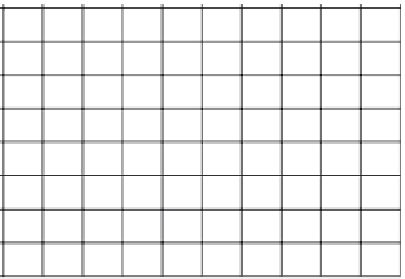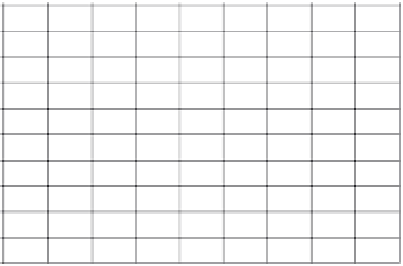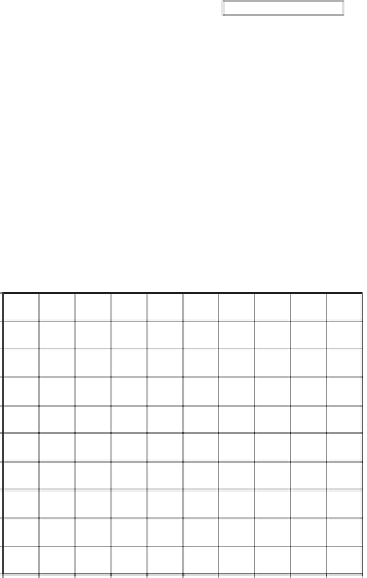Environmental Engineering Reference
In-Depth Information
N
SPT
Uniaxial compression (kPa)
0510
15
20
25
30
35
40
45
0
2468 01214161820
0
0
1
2
3
4
5
6
7
8
9
10
5
10
15
20
25
30
35
40
q (kPa) = 10 + 3,35. z (m)
Average value: 5
S-A
S-B
S-C
S-D
S-A
S-B
S-C
Figure 13. Variation of uniaxial compression test
results with depth.
Figure 12.
Results of sPT tests performed in the
boreholes.
250
225
6.3
Uniaxial compression tests
seven uniaxial compression tests were performed,
whose results ranged between 19 and 41 kPa, with
an average value of 30 kPa, again indicative of
a very low resistant material. The results show a
certain increase with depth as it can be seen in
Figure 13. in two of the tests, the samples could
not be shaped due to the low consistence of the
material.
200
175
150
125
100
75
50
τ
(kPa) = 0.60 .
σ
n
+ 20
R
2
= 0.87
25
0
0
25
50
75
100 125 150 175 200 225 250
6.4
Direct shear and triaxial tests
eight direct shear tests were performed, in a
60 mm diameter circular box, with unaltered
samples taken at depths between 3 and 9 m.
Figure 14 shows the values of normal stress vs.
shear stress at failure for all the samples. The best
fitting line is also drawn.
The strength parameter values individually
deduced from the tests show cohesion between
0 and 59 kPa and friction angle between 18
and 38.5º. The values considered representative
of the strength behaviour of this material are
20 kPa of cohesion and 30º of friction angle.
Those values are typical of a silty material,
which is in accordance with the identification
values deduced from grain size distribution and
plasticity tests.
one TcU triaxial test was also performed.
cohesion of 30 kPa and friction angle of 29º
were deduced, values similar to the ones deduced
before.
Normal Strenght (kPa)
Figure 14.
Results of direct shear tests.
Table 1.
Results of pressuremeter tests.
net yield
pressure Pf*
net limit
pressure Pl*
Presuremeter
modulus
Depth
(m)
(kPa)
(kPa)
ep (kPa)
ep/Pl*
4.50
368
527
4100
7.8
10.20
525
727
3200
4.4
15.20
740
967
5700
5.9
25.20
728
907
5920
6.5
40.20
797
1097
6210
5.7
The yield net and limit net pressure values are
very low, clearly indicative of a very low resistant
material. it can be remarked a certain increase of
the values with depth due to the increase in the
confining pressure. The fact that the ratio between
limit net pressure and yield net pressure was almost
equal in all the tests (values between 1.25 and 1.43)
shows that all the tests were performed in the same
kind of material.
6.5
Pressuremeter tests
Five pressuremeter tests were performed in one
of the boreholes. The main results are collected in
Table 1.


























































































